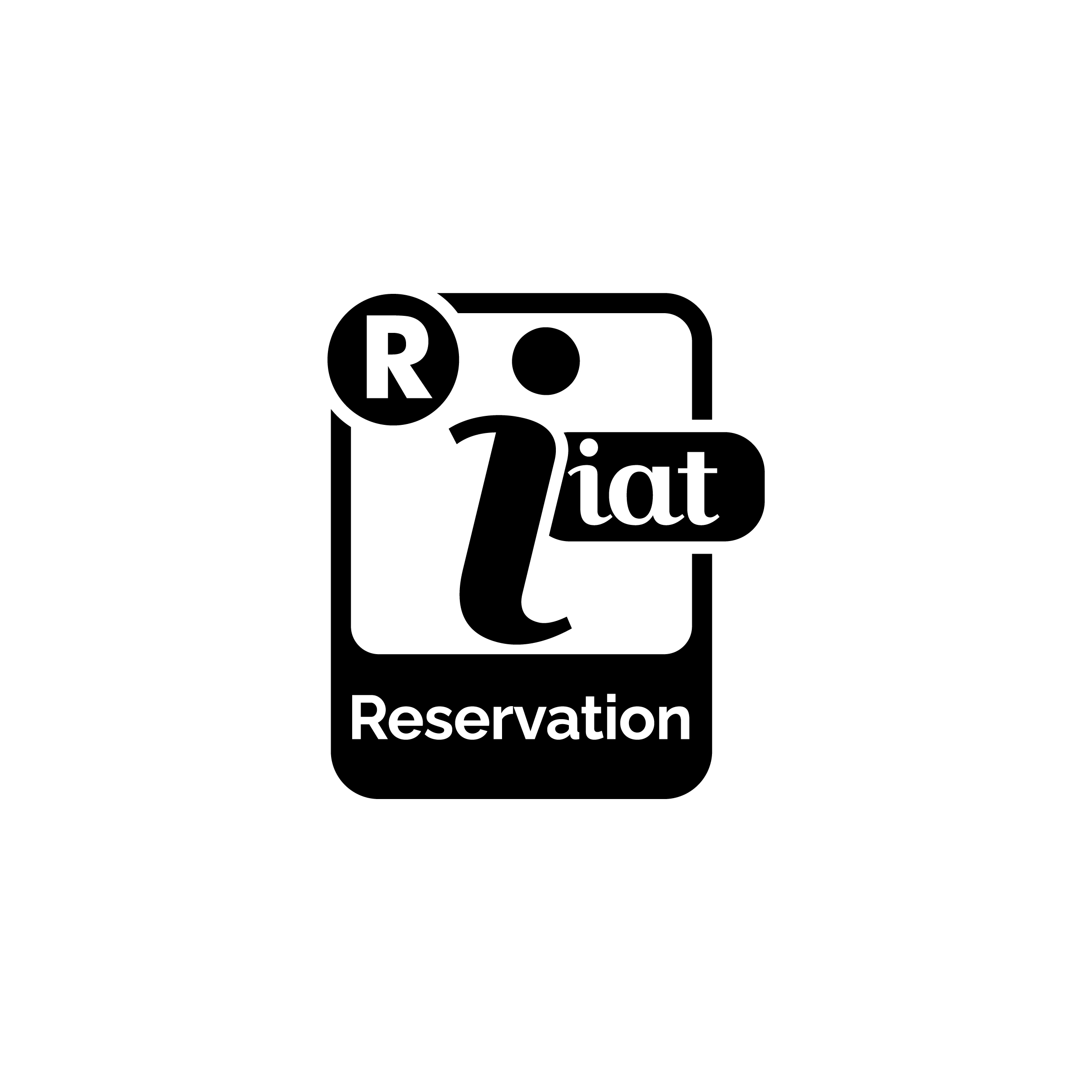Palazzo Rocca Saporiti
Address and contacts
Viale Murri, 7 - 42123 Reggio nell'Emilia 0039 0522 296216 - Medical Library
Medical library
Opening times
The Palace is open during the opening hours of the Library
How to get there
Reggio nell'Emilia
The Palace is near to the Hospital Santa Maria Nuova, outiside the town centre.
You can reach the palace with Minibus H
Historical notes
The current Palazzo Rocca Saporiti takes its name from the last noble family to own it. It was used as a country residence, a casino delle delizie (house of delights) and rustic villa by the Ancini family which purchased the land including a pre-existing fortified medieval tower in 1498.
Its location appeared to meet all the standards of a country residence: outside the city but not too far, close to a river and with a view of the mountains, an idealised concept already expressed in antiquity by Pliny and Vitruvius, then taken up again at the time of the humanists, depicting the “otium agreste” as a release from the excessive pressures of city and political life.
The architectural structure visible today is the result of the extension of the building over various stages culminating in the mid-17th century with the addition of the current façade, transforming the original rustic dwelling into a refined country house.
The building acquired the prestige of a country house while it was used by cardinal Rinaldo I D’Este, bishop of Reggio from 1651 to 1660. The external staircase dividing the portico dates from this time.
During the 19th century Enrichetta Ancini left the building on succession to Luigi Ancini, Reggio Emilia’s first mayor in 1859. It appears that there was little interest in the house at this time, rented as living quarters by Bishop Guido Rocca Saporiti. In post-unification Italy it was difficult to justify the maintenance of this luxurious country house in the face of Napoleonic tirades against the aristocracy and the exaltation of the bourgeoisie. In 1885 Giovanni Ancini, son of the mayor Luigi Ancini, left everything, apart from the picture-collection, the family archive and library, to the Congregation of Charity in his will. At first the holy institution did not know exactly how to use this precious legacy to best advantage. Thus it was that in 1891 the house and garden were leased to Conte Luigi Rati Opizzoni and subsequently acquired by Conte Alessandro Rocca Saporiti in 1904.
The property subsequently passed to Marchese Ippolito Gropallo Rocca Saporiti, and became once more of interest to the Congregation of Charity which bought it back in 1929, when it became increasingly urgent for the Congregation to have a specific hospital wing available that complied with the national hygienic directive for TB sufferers. They thought that the building, by now called Rocca Saporiti, would be the ideal location for a pulmonary treatment centre. The Marchese Gropallo Rocca Saporiti, being heirless and well-disposed towards the Congregation of Charity, agreed to favourable terms for the institution in both the method and the amount of the payment. The sale-purchase negotiations were concluded on 22 November 1928 to the amount of 1,400,000 lira. Once the building had returned into the hands of the institution which had, by now, become the “Santa Maria Nuova Hospital”, the project to transform it into a tuberculosis treatment centre was put to one side. Critical voices were soon raised stating that it was inappropriate to set up a Sanatorium precisely on the south side of the City, polluting both its air and water, whereas the Ospizio area, where the “Istituto San Lazzaro” already existed, seemed better suited to this kind of structure.
In fact, the building, apart from use of the lower floor as classrooms for the San Pellegrino primary school, and sub-division into extremely low quality social housing, remained unused and thus fell into decay. This changed in 1970 with the protection order issued by the Emilia-Romagna Soprintendenza per i Beni Ambientali e Architettonici (Environmental and Architectural Heritage Superintendent) leading to its present restoration.
Current research supports the attribution of the Casinazzo frescos to Orazio Perucci and/or his collaborators, with the most appropriate dating appearing to be after Bernardino Campi’s time in Reggio Emilia around 1590, probably contemporaneous with the wedding of Girolamo Ancini and Ginevra Patrini which possibly provided the inspiration for the fresco cycle in the salone cubico (Cubic Room).





